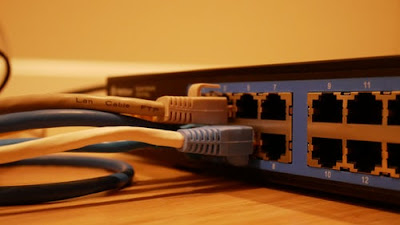As you know every computing device has some hardware perform well, enterprise level networking device has some better hardware component for best performance. Today we will typically look into Cisco’s devices and their major hardware components also we will look at how these component works with each other.
Like every computing device Router and Switch also has Motherboard, Processor, Fan, RAM (Random Access Memory), ROM (Read Only Memory), Flash Memory and apart from this component there is another one component which integrated in Router and Switch that is NVRAM it stands for Non-Volatile RAM. So, lets understand these components closely.
RAM (Random Access Memory) - Used to Store
- Packet Buffers
- ARP Cache
- Routing Tables
- Software and data structures that allow the router to function.
ROM (Read-Only Memory) -
Use to store the POST and the bootstrap program as well as the mini-IOS.- POST (Power-On-Self-Test) - Stored in the microcode of the ROM and once we powered on device the first POST operation is executed, it is a small piece of code which checks all hardware component are functioning as intended or not. For Ex. - Fan is spinning or not, Interface is working or not, etc. In short POST checks the basic functionality of the router hardware and determines which interfaces are present.
- ROM Monitor - This is also stored in the microcode of the ROM. The ROM monitor or ROMMON mode is used for manufacturing, testing, and troubleshooting purpose, when the IOS in the flash fails to load router or switch goes into ROMMON mode with the of mini-IOS.
- Mini-IOS - Called the RXBOOT or bootloader by Cisco, the mini-IOS is a small IOS in ROM that can be used to bring up an interface and load a Cisco IOS into flash memory. The mini-IOS can also perform a few other maintenance operations.
Flash Memory -
Stores the Cisco IOS by default. Flash memory is not erased when the router is reloaded. It is EEPROM means Electronically Erasable Programmable Read-Only Memory.
NVRAM (Non-Volatile RAM) –
Use for storing the router and switch startup configuration. Configuration stored in NVRAM does not erased when the router or switch is reloaded. NVRAM does not store an IOS but it stores the configuration-register which helps to find IOS file.
- Configuration register - Used to control how the router boots up. Configuration register is a hexadecimal value. It appears at the end line of output generated by show version command and by default is set to 0x2102, which tells the router to load the IOS from flash memory as well as to load the configuration from NVRAM.


No comments:
Post a Comment